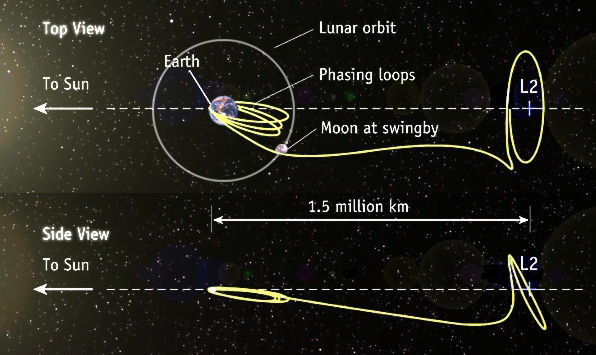Would a planet with very small temperature variation (between 17 and 21 degrees Celsius) be possible?
Would it be possible for a planet-wide climate be set so that the temperature even at the poles would continually stay within a narrow range between 17 and 21 degrees Celsius?
(This is approximately 62 to 69 degrees Fahrenheit.)
In this scenario, the temperature would stay within this range even at the top of the tallest mountains on that planet.
Also, this would not be a scenario where, for example, the poles have the 17-or-so degrees and the equator has 21-or-so degrees. Rather, the 17-to-21 range would be present everywhere on the planet.
In this scenario the temperature could vary between any two spots (for what-ever reason). Thus we could, at any given time have e.g. 20 degrees Celsius at a location on the north pole, while at the same time having e.g. 18 degrees Celsius at some location on the equator.
This planet should preferably support human life, if that is possible.
Under what circumstances would this kind of evenly distributed temperature be possible?
This post was sourced from https://worldbuilding.stackexchange.com/q/5177. It is licensed under CC BY-SA 3.0.
1 answer
There are three huge reasons for temperature fluctuations on a planet: The parent star, axial tilt and the curvature of the planet.
-
The star. There's normally a huge difference on temperatures between day and night on a planet. On the side facing the star, light radiated from the star heat up the planet considerably. The night side doesn't have as much light beamed at it, and so it's a lot cooler. In order to maintain a temperature equilibrium, you have to get rid of day and night. The obvious way to do this is to place the planet where there isn't any star. It's a rogue planet, floating freely through space. The problem is, these planets aren't too conducive to life.
The alternative is to eliminate the night completely by making sure that both sides are continuously illuminated. You'd want a binary star system to do this (unless you plan on making some giant artificial light-emitting structure), and you'd want to set it up every specifically. Take two stars that are roughly the same - in mass, luminosity, age, and every other major characteristic. Also, make them G2 stars, like the Sun. Now place the planet in the center of mass of the system. In theory, the planet will be in an equilibrium, and will receive light from both sides as the stars "orbit" it. This arrangement, though, is unstable.
Yet another way to do this would be to have one star orbiting another. The main star is massive, while the small star is less massive. Place the planet in L1, the Lagrangian point of the smaller star, which is between the two. The planet should stay right in the middle of the two stars. Make the placements so the planet is far enough away from the more massive (and likely more luminous) star, and closer to the other star, so it maintains a balance of temperature.
As pointed out below, L1 is inherently unstable, as are many of the Lagrange points. There is a way around this, which is to put the planet in a halo orbit around L1 (though technically the planet wouldn't be orbiting L1. This orbit would also be unstable, so you'd need to make adjustments using a technique known as station keeping. This probably wouldn't work for a planet - after all, you'd have to attach huge rockets to it! Halo orbits can't exist in the Solar System or similar
Here's what this kind of orbit would look like:
-
Axial tilt. The tilt of the Earth's axis is the reason we have seasons. Even though we're closer to the Sun at some times in the year, this makes no difference whatsoever in our temperature. Axial tilt does, and it means that, no matter which sides of the planet are lit up, part of it will be receiving more light than the other.
The obvious solution is to get rid of axial tilt. It is rare (in our Solar System) for this to be the case with a body. Most objects have a lot of tilt; the Earth's is around 24 degrees. Your planet needs to have none whatsoever.
-
Curvature. This goes along partly with point number 2. Earth is close to a sphere (technically, an oblate spheroid), which means that light hits some parts less directly than others. This is a problem that can't be averted by the binary star solution, of by the zero-tilt solution. In fact, there doesn't appear to be any natural solution.
You need to surround the entire planet with something emitting light uniformly. You could create a huge sphere (similar to a Dyson sphere) around the planet and light up the inside. That's really good for control. I can't think of any feasible way this could happen naturally, though. You need artificial intervention.
Fix these three problems, and you're a good part of the way there.





















0 comment threads